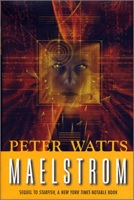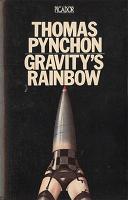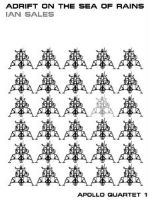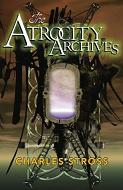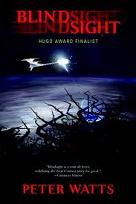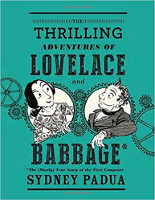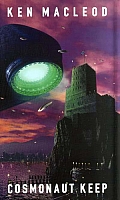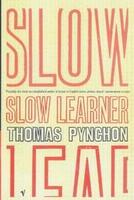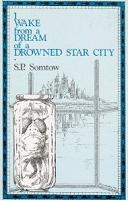 “Don’t be silly Bob”, said Mo, “everybody knows Vampires don’t exist!”. Well, with that very first sentence the topic of the book is well and truly established…
“Don’t be silly Bob”, said Mo, “everybody knows Vampires don’t exist!”. Well, with that very first sentence the topic of the book is well and truly established…
Charles Stross is a British writer living in Scotland. He’s the author of some 25 novels now, plus short story collections, omnibus editions, novellas, novelettes, and various other things in various formats and length. He has won a number of Awards, including the Prometheus and the Hugo. The Rhesus Chart is the fifth book in the Laundry files series, which deals with the going-ons at a fictitious (?) secret government agency dealing with supernatural threats to the realm. It also is written as a ‘jumping-on’ point, for those who have neither read the whole series, nor are planning to in the near future, but want to be part of the fun. Me, I would recommend you start at the beginning, and get all the entertainment…
The book kicks off with the above authoritative statement by Mo, as part of a domestic arguments between her and Bob Howard, the main protagonist of the series so far. Things are definitely going downhill in this household of two secret agents. And it foreshadows (as the first third of this book is very prone to do) that he failed to save their marriage. Heavy stuff, from the word go!
The book then starts into who they are, the Laundry, what they do, the whole “Magic is a branch of applied mathematics” which underpins this universe. There are several of these info-dumps, mostly as explanations by Bob for the report he’s writing (and which you’re reading); these will definitely make it possible for you to start with this book, even if you’ll miss some of the background, for obvious reasons.
The Laundry has picked up a management fad: everybody has a 10% ‘own project’, just like at Google. Except for not being given the time to do them, and the projects are picked from a list instead of come up with by the staff. And here we jump straight into an action sequence: Andy, Bob’s former boss, works on his 10%er, and manages to summon a horror from another dimension which Bob (and his current, scary boss Angleton) just about manage to contain. Bob’s 10%er has to do with an unusual analysis of the NHS SUS Core Data Warehouse (now that had me chuckle, for some reason).
In another thread bigger problems brew, though - in a Bank in the London Docklands a Scrum of mathematicians/analysts, in the bank but not of the bank for reasons of deniability, are data mining, pattern matching, and cross-correlating away to give the bank that extra little advantage. Until one of them, running a Little Pony marketing analysis through a visualiser, manages to acquire a transdimensional parasite which turns him into a Vampire. Which he, upon demonstration of his exploit, manages to spread to the whole Scrum. Vampires and banks, who would have seen the connection...
And meanwhile Pete, the Vicar and friend of Bob, who got consulted as part of an earlier case has now been scooped up by the Laundry (Mo is going to be furious!), and given an induction project to refresh the publicity materials for the information campaign for CASE NIGHTMARE GREEN, ie the Apocalypse. The material is stored under reference KGB.2.YA, or Kiss Good-Bye to Your Ass, to spell it out. Oh Dear…
Every chapter, at least at the beginning, ends with an ominous, vague, but definite foreshadowing along the lines of “and thus I sealed my fate” or “and that’s why so many people died”. Cheerful it’s not…
I don’t want to share too much else, even if most of it transpires quite early in the book - there are a few kinks in the set-up which are very much worth tripping over yourself, me telling you here would only spoil your enjoyment. Let’s just say that a Vampire surviving his first few weeks is, per definition, a lonely psychopath. As for Vampire hunters...
The book is as enjoyable as the rest of the series (ie very much so), even if the pace slackens off in the middle after the furious start, and we’re coasting whilst the setting re-configures itself, via the classic Stross approach of “you think this was bad? Let me change it for you” . One thing which struck me was how, as we’re shown the separate streams following the main protagonists, the reader frequently has an information advantage over the actors, although you cannot always rely on this avoiding surprises (which is a good thing, in my book).
I guess I can also spill that the foreshadowing definitely pays off in the final part of the book, which is small-scale apocalyptic, and bloody (well, what did you expect with Vampires?). And Stross gets to do what Pratchett only did get around to in the Discworld with the very final book. No, sorry, not telling. There seems to be only minor progress in the overall story arc I felt, though, it’s mainly a clearing of the boards for - ?
The next book in the series (The Annihilation Score) was published in 2015 in Hardback, and will be out in 2016 as Paperback, and the next one after that (The Nightmare Stacks) is coming out in 2016 in Hardback.
Yes, I’m still at least one book behind here… but I’m enjoying this story very much, and so should you!
More Charles Stross
Title: The Rhesus Chart
Series: Laundry Files
Series Number: 5
Author: Charles Stross
Reviewer: Markus
Reviewer URL: http://thierstein.net
Publisher: Orbit
Publisher URL: http://www.orbitbooks.net
Publication Date: 2014
Review Date: 160222
ISBN:97800356502533
Price: UKP 16.99
Pages: 359
Format: Hardback
Topic: Secret Service
Topic: Horror
